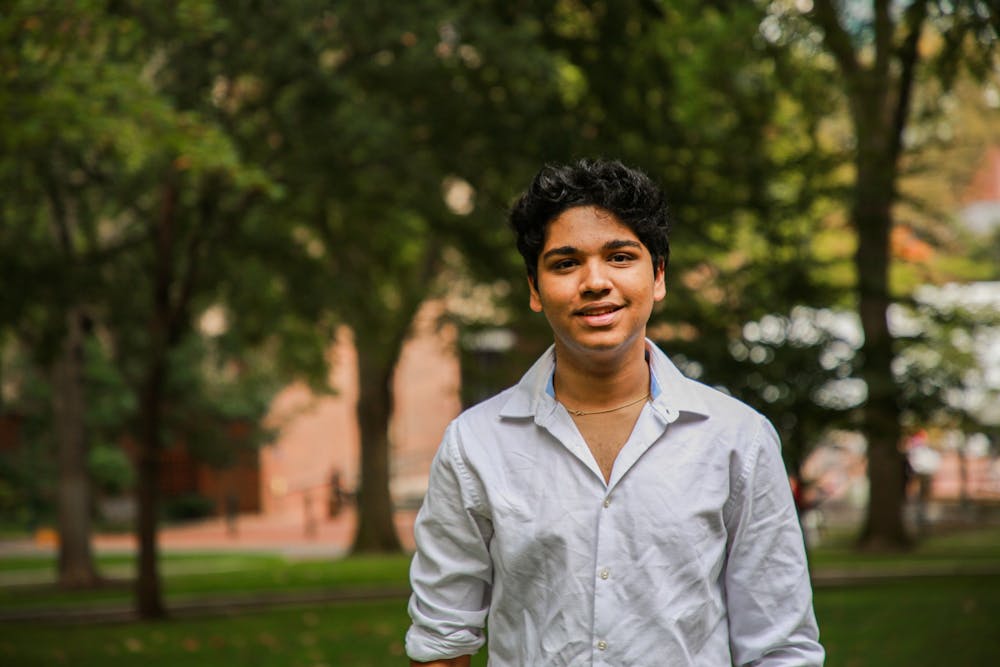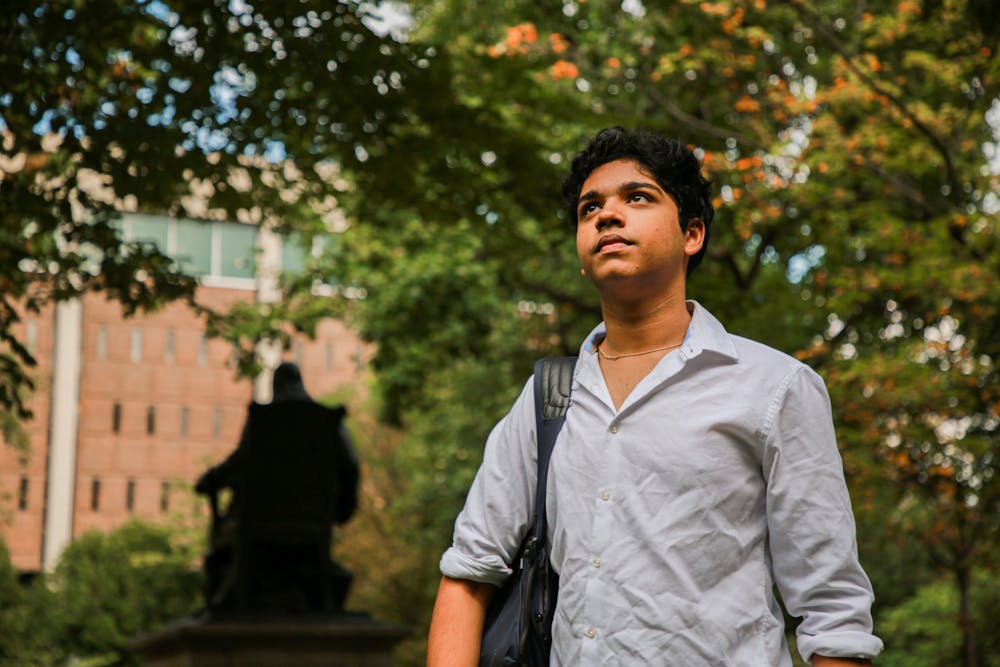In India, nothing matches the sacredness of Mother Nature. Aman Sharma (C ‘25) recalls being taught the importance of “coexistence between man and nature, between urban cities and the wild.”
Growing up in the most polluted capital city in the world, New Delhi, Aman was very familiar with the destructive human footprint on the environment. The effects of climate change were very visible in all aspects of his life. “We were living through water shortages; we were living through droughts; we were living through heat waves in summer; we were living through perhaps one of the worst pollution crises in the world,” Aman says.
The concept of lockdowns and mask–wearing is not a new concept to Aman; he says that every year there is a period of time where Delhi becomes so polluted that “schools would be shut down and we’d be asked to sit at home.”
On the other hand, Aman found refuge in the depths of India’s rich landscapes. He spent his holidays venturing into jungles and forests and would entertain himself on the weekend by exploring India’s wetland.
Aman brought this love for nature back to his daily life in Delhi. A growing interest in photography helped him document Delhi's surprisingly vibrant wildlife. He fell in love with wildlife photography after finding a bird’s nest on his balcony one day. After picking up his camera, he was shocked to find “20 bird species” posing on his window in the span of 15 minutes.
He later sought his teacher’s help in identifying the birds he captured—he was told that one of the birds he photographed isn’t found in India.
Aman’s elders had no answers for him, so he took matters into his own hands. He learned about the 400+ bird species that roam New Delhi, continued to pursue wildlife photography, and eventually started sharing his pictures on Instagram.
“For the first two years, I didn’t have a following at all. But once [COVID–19] lockdown started, I started posting about the birds that I was seeing from my window and my balcony during the lockdown.” These pictures, he says, helped people stuck inside to connect with nature even while being confined in their homes. Eventually, a few of his images “sort of went viral,” amassing hundreds of thousands of likes—and now the account has a staggering 17,000+ followers.
His photography eventually led to him being approached by DK Publishers to co–author two books about India’s birds and animals. This work was especially fulfilling for Aman because it helped to inspire India’s youth and in his words, “introduce children to the natural heritage that India has.”
Aman continued to inspire other youth by co–founding Cuckoo About Nature, now the largest youth–led birdwatching organization in India. Inspired by the severe underrepresentation of youth in bird walks he attended, he wanted to take school–aged children out into nature and explore “the natural flora and fauna that lies outside [their] own doorsteps.”
Aman’s dedication to nature has also materialized in fierce climate activism. In May 2019, he started a petition to the Indian government, demanding that they declare a climate emergency for the country. Initially, he was able to gather a whopping 350,000 signatures.
His petition grew so popular that other activists reached out to start similar campaigns in their own countries. By unifying his movement with Change.org and 74 other petitions, he was able to gain around 1.2 million signatures calling for a climate emergency declaration in 70 different countries. His petition contributed to real change: the European Union, Austria, the state of New York, and others have all declared climate emergencies.
Aman’s recent work in climate activism has focused on emphasizing the importance of climate justice over climate action. Aman says, “Climate action would be trying to solve the climate crisis. Climate justice is when you try to solve the impact of the climate crisis on people, especially disadvantaged and marginalized communities.”
While rich countries lead the climate change movement, it is often the poorer communities of color across the globe that don’t have their voices heard. Ironically, it is these people for which “climate change is a reality that [causes struggles] every day,” says Aman. Growing up, he saw “kids [have] to drop out of school, just so they can fetch water for their families because of a heatwave.” He says that “this exacerbates social issues like patriarchy” and worsens already stark economic divides in vulnerable populations.

Recently, Aman brought his climate activism to Penn, speaking at Penn’s Climate Week as a part of the 1.5–Minute Lecture Series. He spoke about the issues with excluding “people of color and indigenous communities from South India, Africa, [and] Pakistan” from the “decision–making table.” Naturally, real solutions cannot be formulated when those most familiar with the problem are excluded from contributing to policies that affect them, in Aman’s eyes.
For Aman, “talking about [climate change] is not enough if you're not actively participating in dismantling the crisis.” He is calling for accountability and transparency in the actions Penn takes to combat their impact on the environment. Beyond Climate Week, he wants to see a continued emphasis placed on the climate movement.
Aman has already made progress towards redefining the global climate movement; now, he is ready to bring major sustainability changes across campus and Philadelphia.

